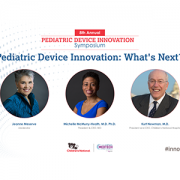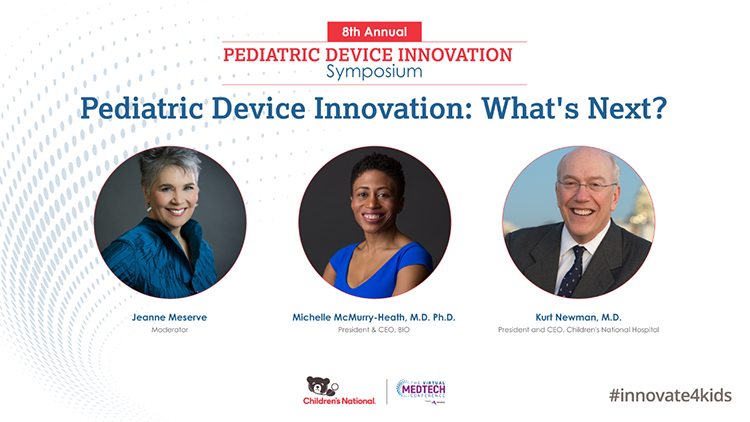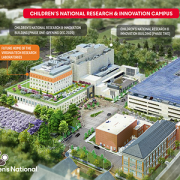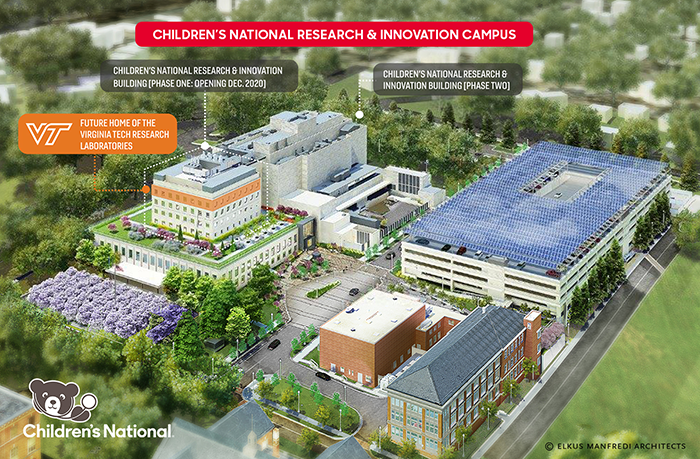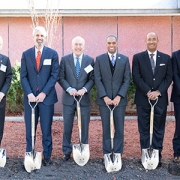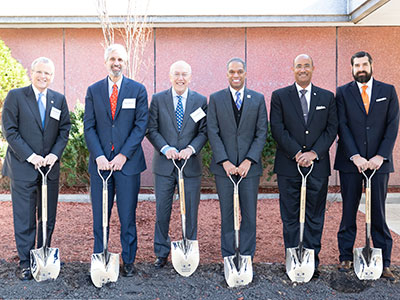Children’s National summit unites 200+ to bridge health and education
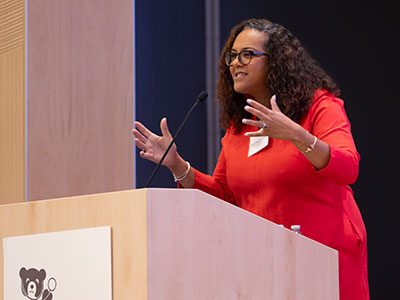
Keynote speaker, Maya Martin Cadogan, executive director, Parents Amplifying Voices in Education (PAVE).
More than 200 attendees from 35 organizations took part in the Children’s National Hospital’s School Health Summit to build strong academic foundations and help launch students into careers. The event, held at the Children’s National Research & Innovation Campus, showcased the Children’s National school-friendly health system framework, school health initiatives and partnerships across the Washington, D.C., area and fostered networking and new relationships between the health and education sectors. Over 80 school nurses from Children’s School Services in the District of Columbia attended the event as part of their summer professional development programming.
Summit highlights
Tonya Vidal Kinlow, M.P.A., vice president of Community Engagement, Advocacy & Government Affairs at Children’s National, delivered opening and closing remarks.
“We believe that addressing school attendance and offering career training programs can powerfully impact students’ academic success and build the foundation for healthy, successful lives,” Kinlow said.
The keynote speaker, Maya Martin Cadogan, executive director of Parents Amplifying Voices in Education (PAVE), shared valuable insight on the important role that parents and caregivers have in advocating for their children’s health through collaborations with health and educational systems.
“Our parent leaders are policy experts, fierce advocates and community connectors. We work with schools, elected officials, policymakers and other leaders, including our partners at Children’s National, to advance a parent-led agenda for systems change in our nation’s capital,” said Cadogan.
A panel of experts who provide school-based services around the region discussed challenges and potential solutions for improving healthcare and education in under-resourced communities. A panel on youth engagement and voices in healthcare also discussed strategies to engage youth in healthcare career opportunities.
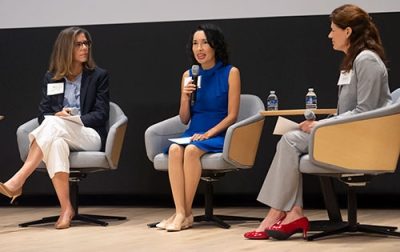
Sara Johnson, Ph.D., professor of pediatrics, Johns Hopkins University School of Medicine; Desiree de la Torre, M.B.A., M.P.H., executive director, Community and Government Affairs, Children’s National and Arethusa Kirk, M.D., pediatrician and vice president, Population Health & Clinical Strategy, United Healthcare.
Panel topics and participants
- Panel 1 – Innovations addressing chronic absenteeism and increasing access to care
Moderator: Arethusa Kirk, M.D., vice president of Population Health & Clinical Strategy at United Healthcare
Panelists:- Andrea Boudreaux, Psy.D., M.P.H., M.A., F.A.C.H.E., executive director at Children’s School Services
- Desiree de la Torre, M.B.A., M.P.H., executive director of Community and Government Affairs at Children’s National
- Sara Johnson, Ph.D., pediatrics professor at the Johns Hopkins University School of Medicine
- Hope Rhodes, M.D., M.P.H., F.A.A.P., medical director of THEARC at Children’s Nationa
- Panel 2: Youth engagement across the region
Moderator: Reneé Roberts-Turner, D.H.A., M.S.N, R.N., N.E.-B.C, C.P.H.Q., executive director of nursing excellence for Child and Family Services at Children’s National
Panelists:- Andrea Zimmermann, director of the Advanced Technical Center at the D.C. Office of the State Superintendent of Education
- Darcel Jackson, C.P.X.P., L.S.S.G.B., manager of Patient Experience and Patient and Family Engagement at Children’s National
- Iana Clarence, M.P.H., former Children’s National intern and public health analyst at the Office of Population Health for the U.S. Department of Health and Human Services
As a School-Friendly Health System, Children’s National ensures all children reach optimal health and achieve their full academic potential. Children’s National is committed to addressing school attendance and career training, which can powerfully impact students’ academic success and build the foundation for healthy, successful lives. The health and education sectors must build trusted partnerships and share decision-making with families and schools.
This event was sponsored by the United Health Foundation and Children’s National Child Health Advocacy Institute through the leadership of Kinlow and Nathaniel Beers, M.D., M.P.H., F.A.A.P.



